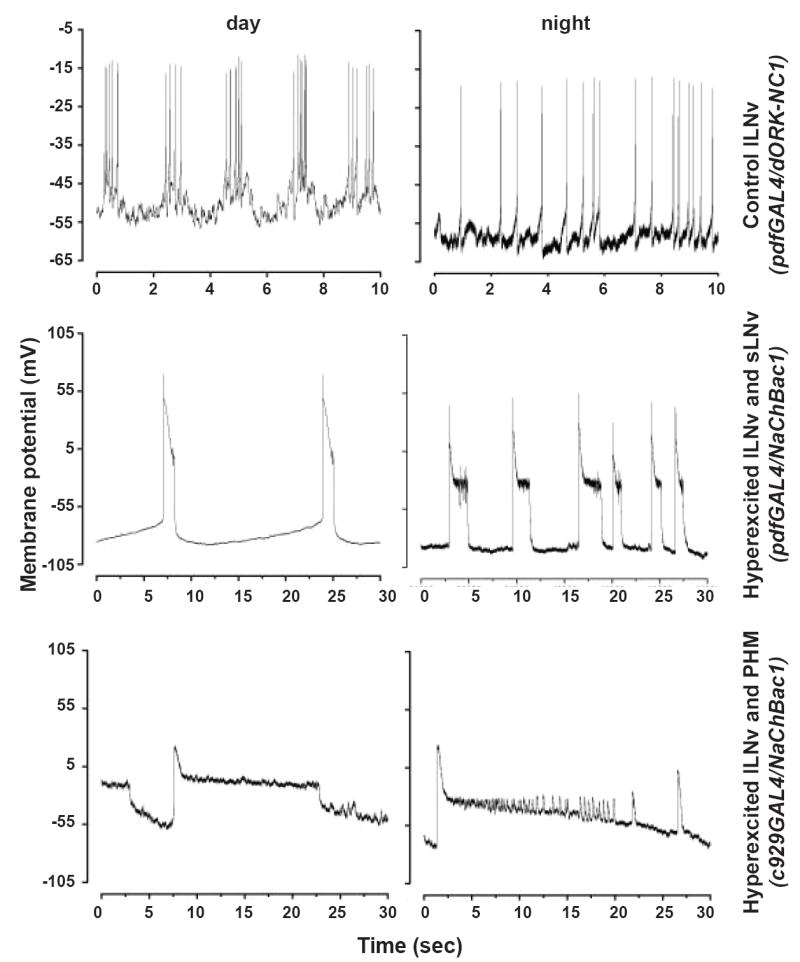Figure 2. NaChBac expression in LNv causes hyperexcitation and reversal of day/night pattern of net excitation in lLNv.

Representative traces of whole cell current clamp recordings from control (uppermost panels, expressing dORK-NC1) or hyperexcited lLNv (middle and lowermost panel, expressing NaChBac1) recorded from brains dissected during the day (left panels, ZT 1-6) or night (right panels, ZT 18-22). At night four out of six control lLNv show tonic firing with mean frequency 1.7 ± 0.5 Hz (mean ± SEM) and resting membrane potential −45 ± 3 mV (the remaining two silent lLNv showed membrane potential within the range of the other four lLNv). Hyperexcited lLNv show large spontaneous depolarisations with mean firing frequency of 0.17 ± 0.04 Hz starting from hyperpolarized resting potentials of −77 ± 14 mV (n = 5) when no other cells in the brain express NaChBac. When NaChBac is expressed using the c929GAL4 driver both day and night phases show higher probability of depolarisation with mean resting membrane potential of −78 ± 5 mV (n = 4 for day and night). (Note the differences in scales of both x and y-axes between uppermost control panels and experimental panels due to extremely large depolarisations in hyperexcited lLNv.
